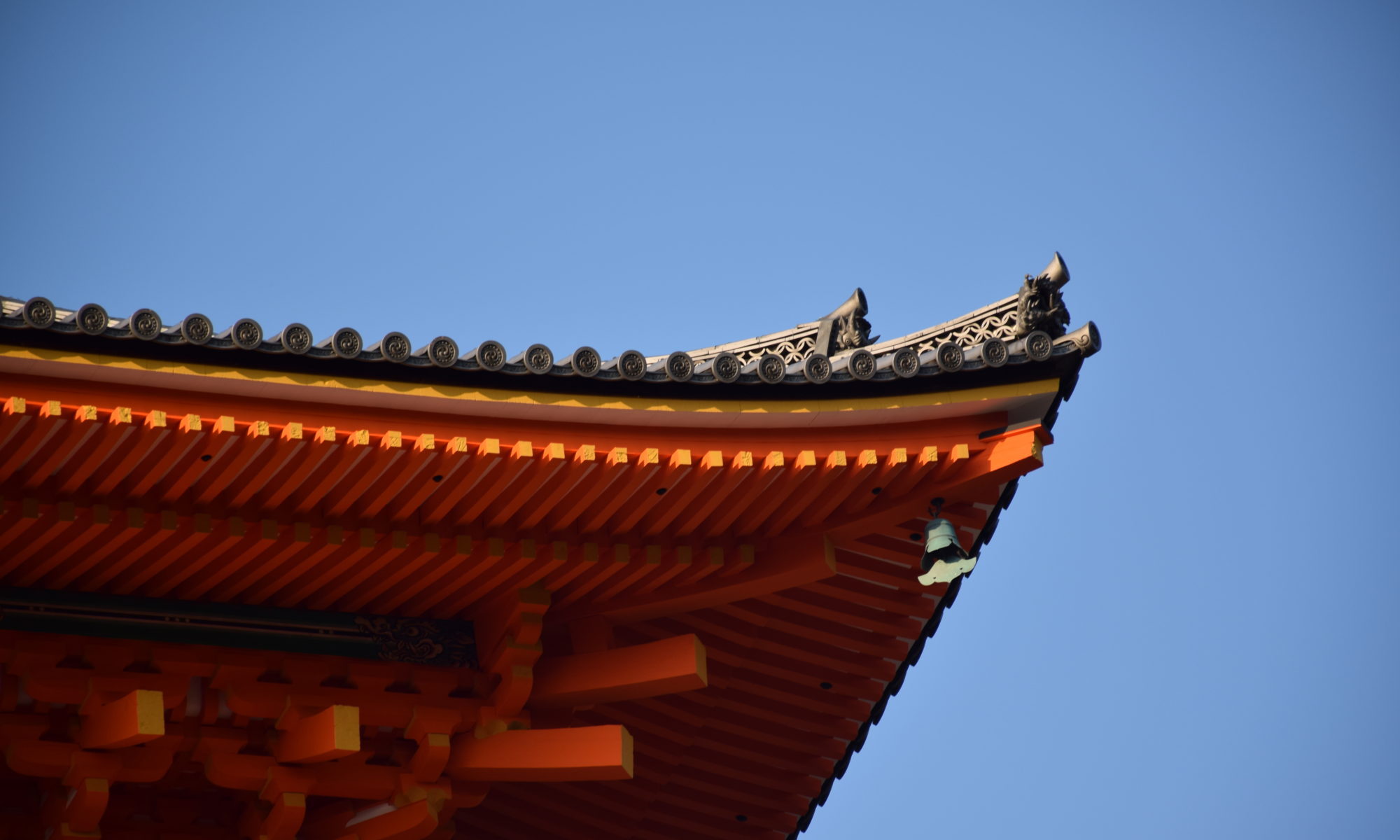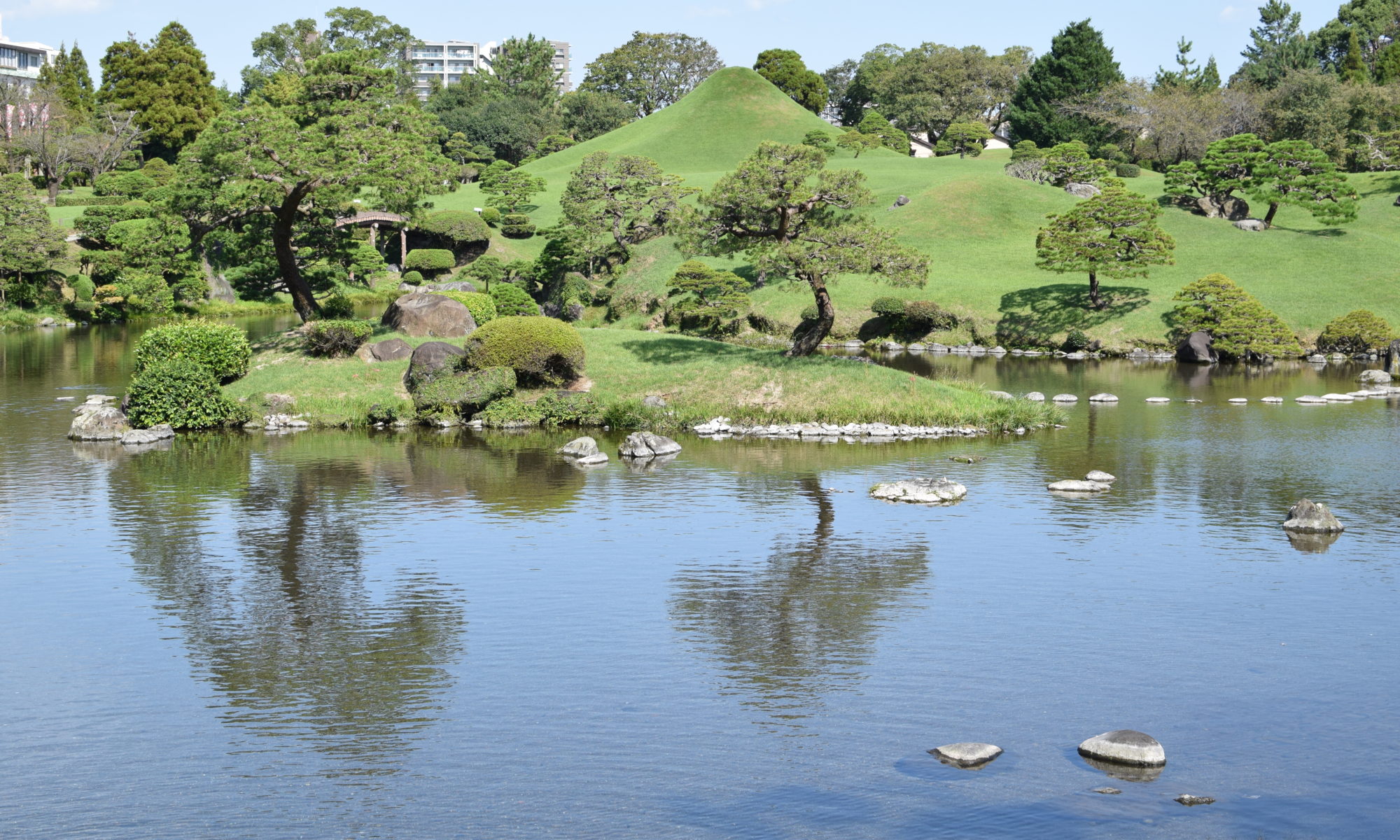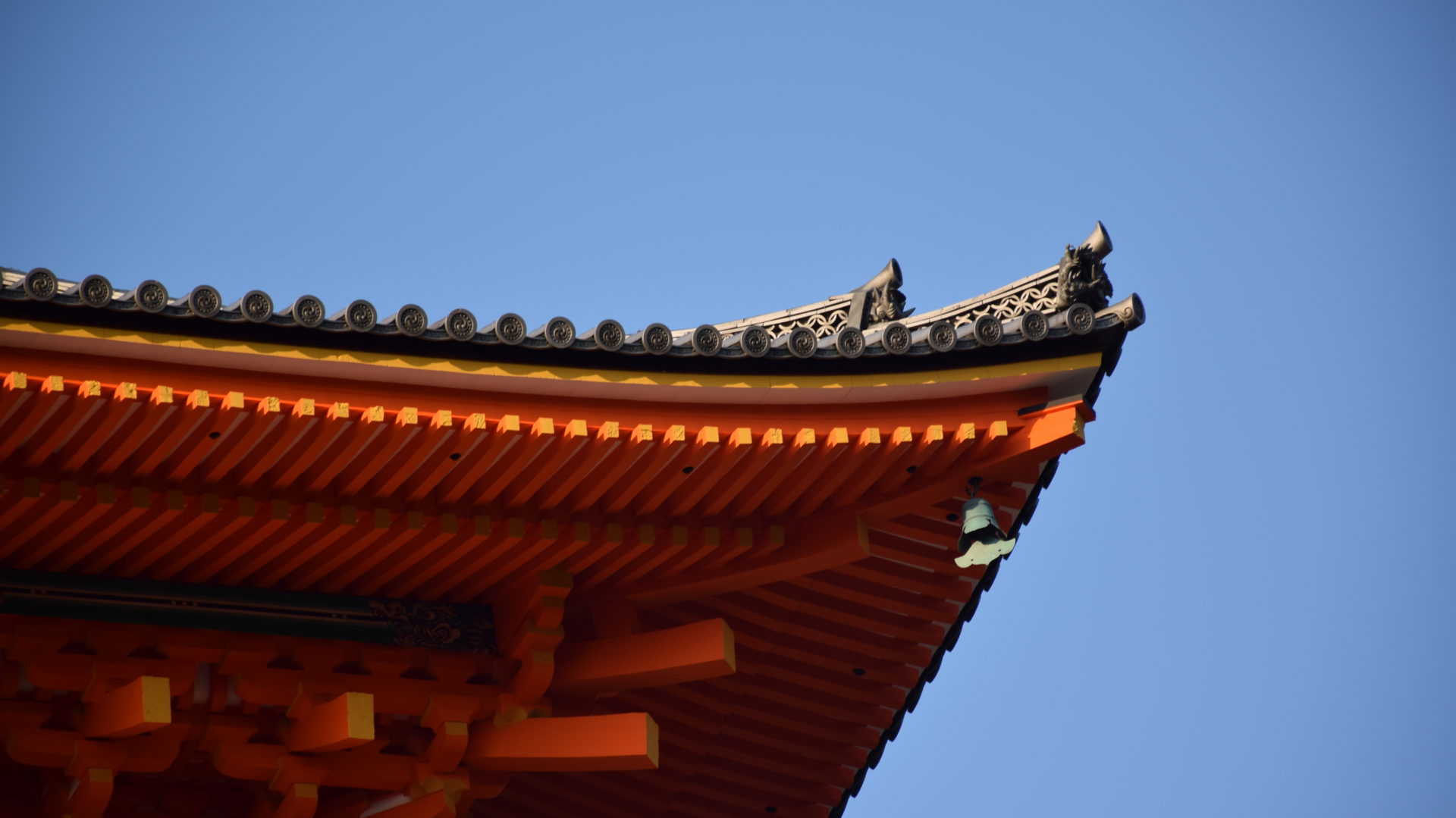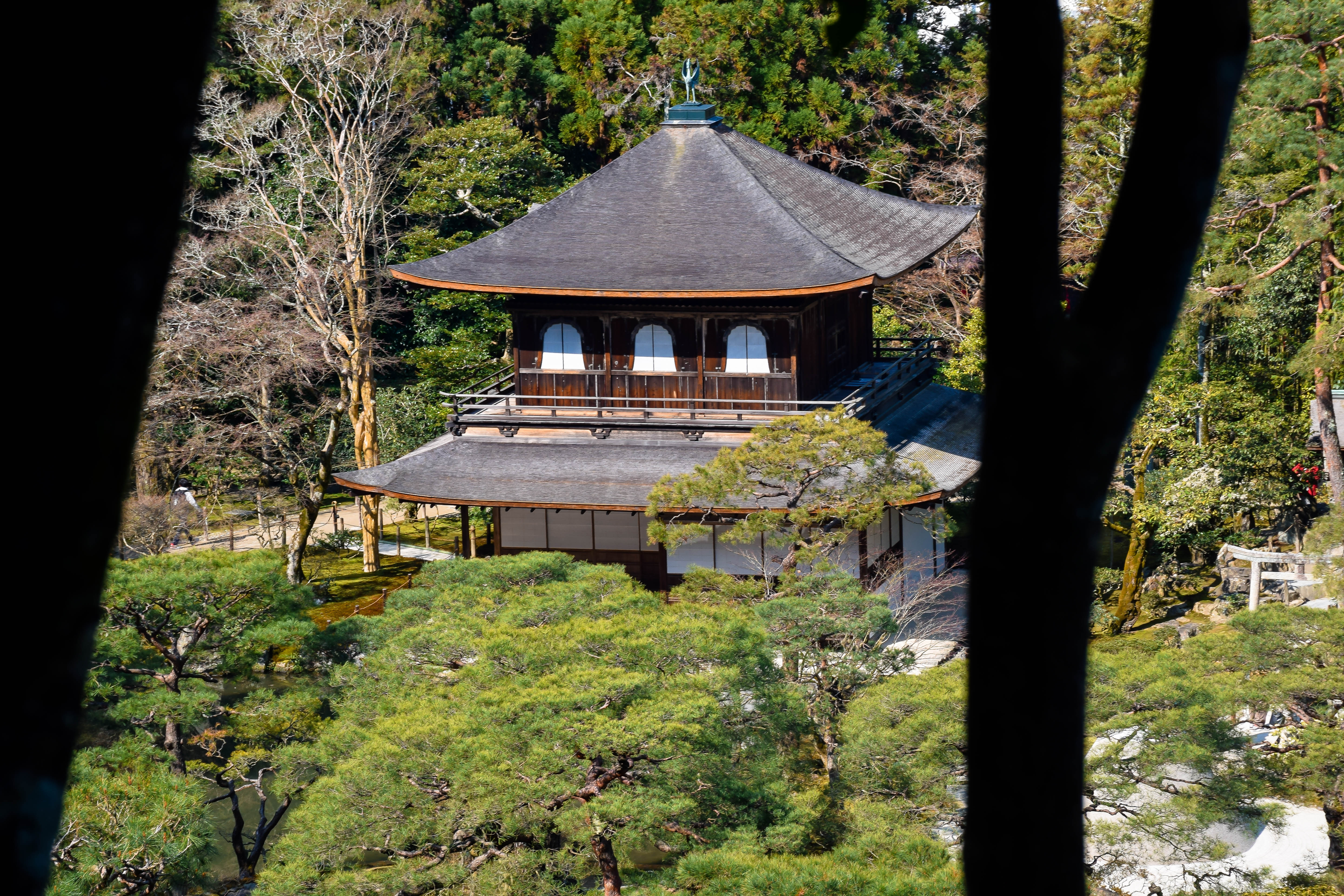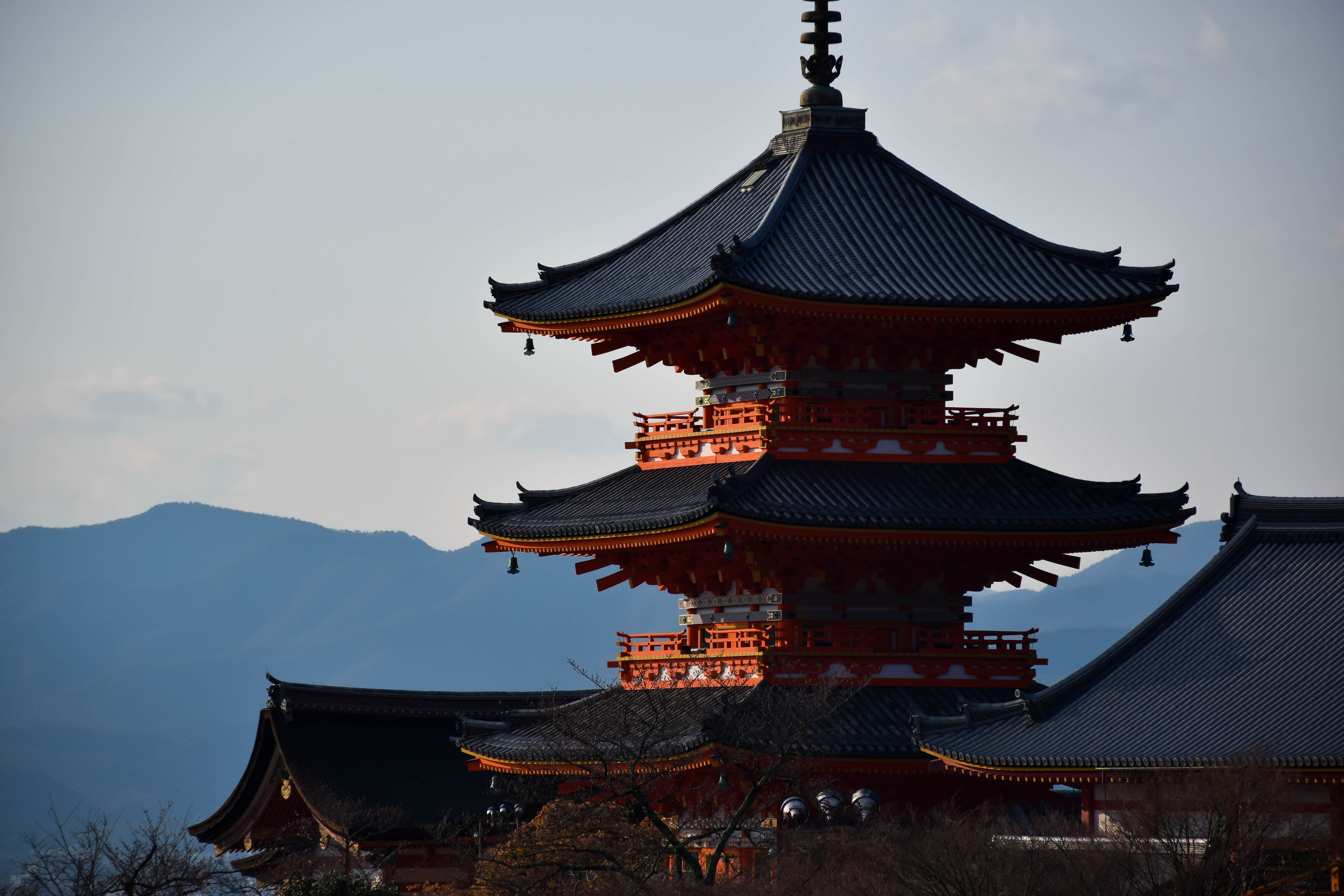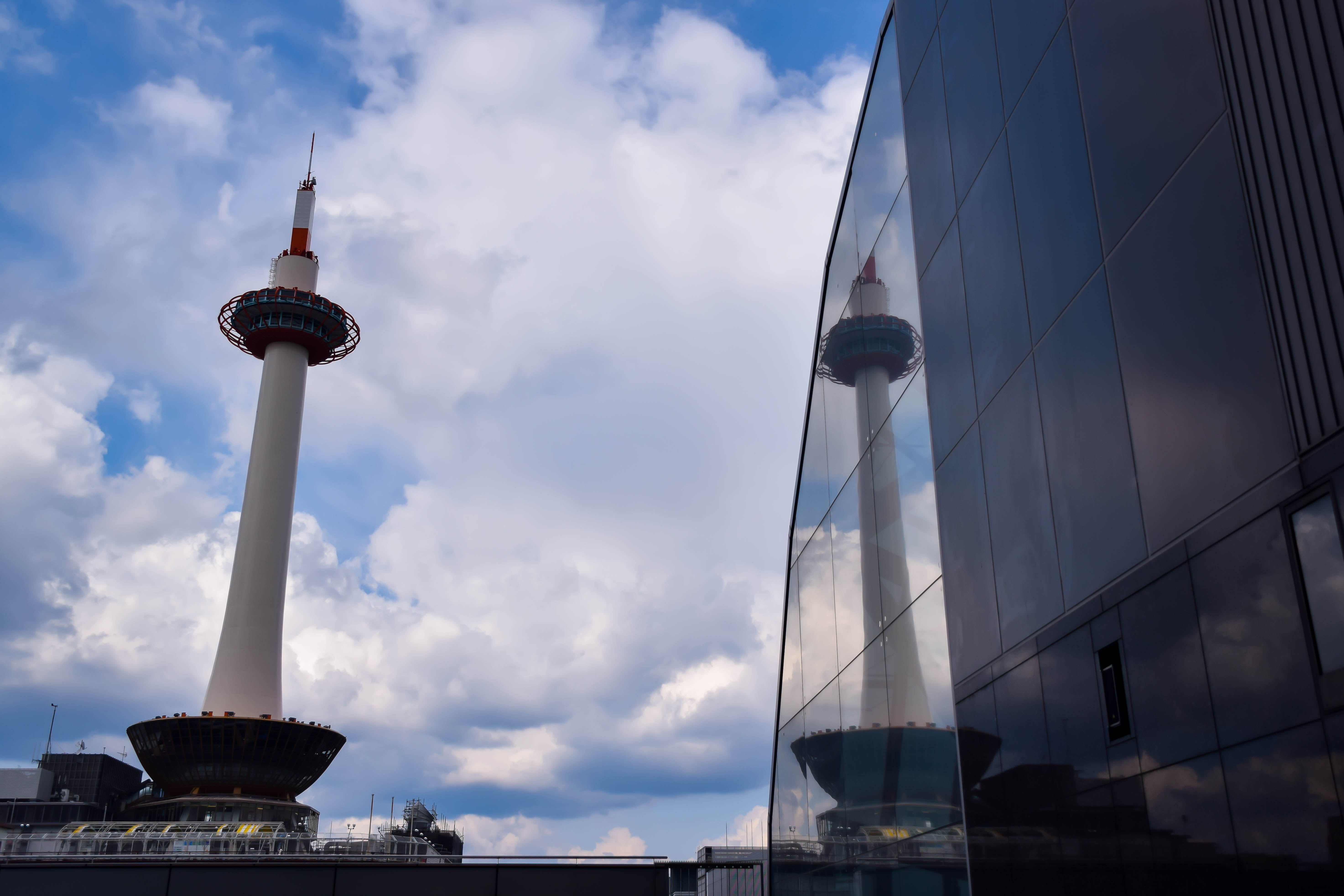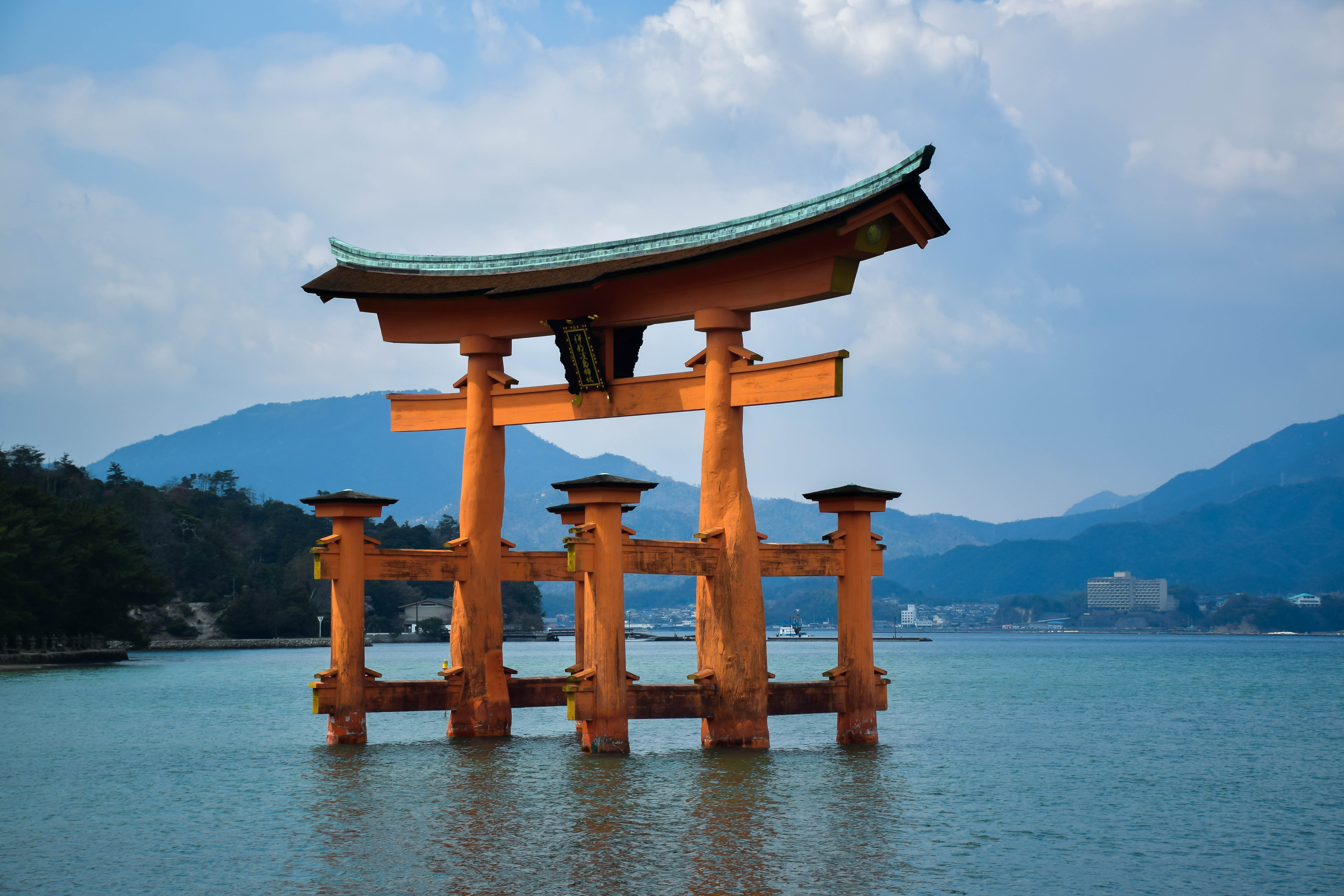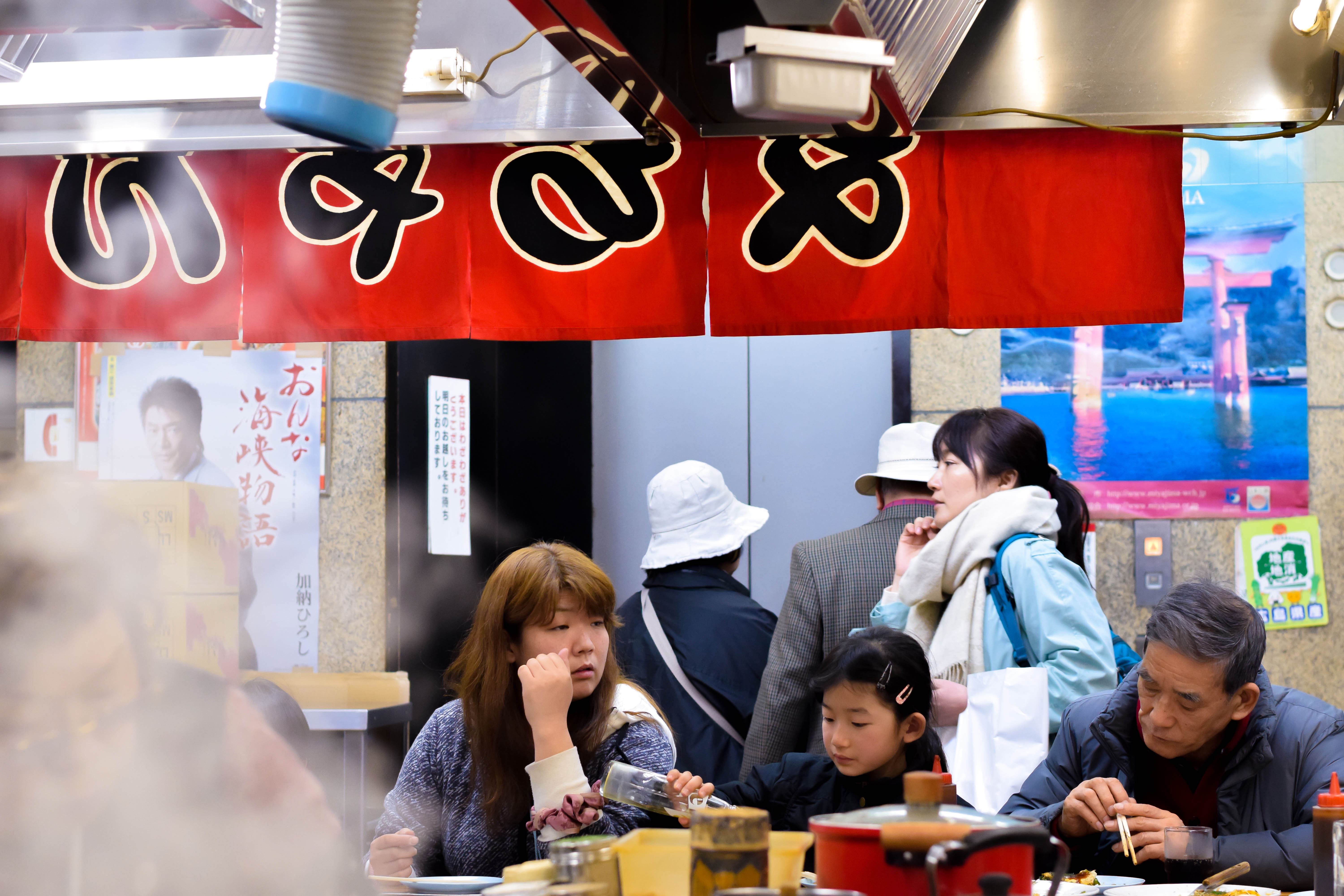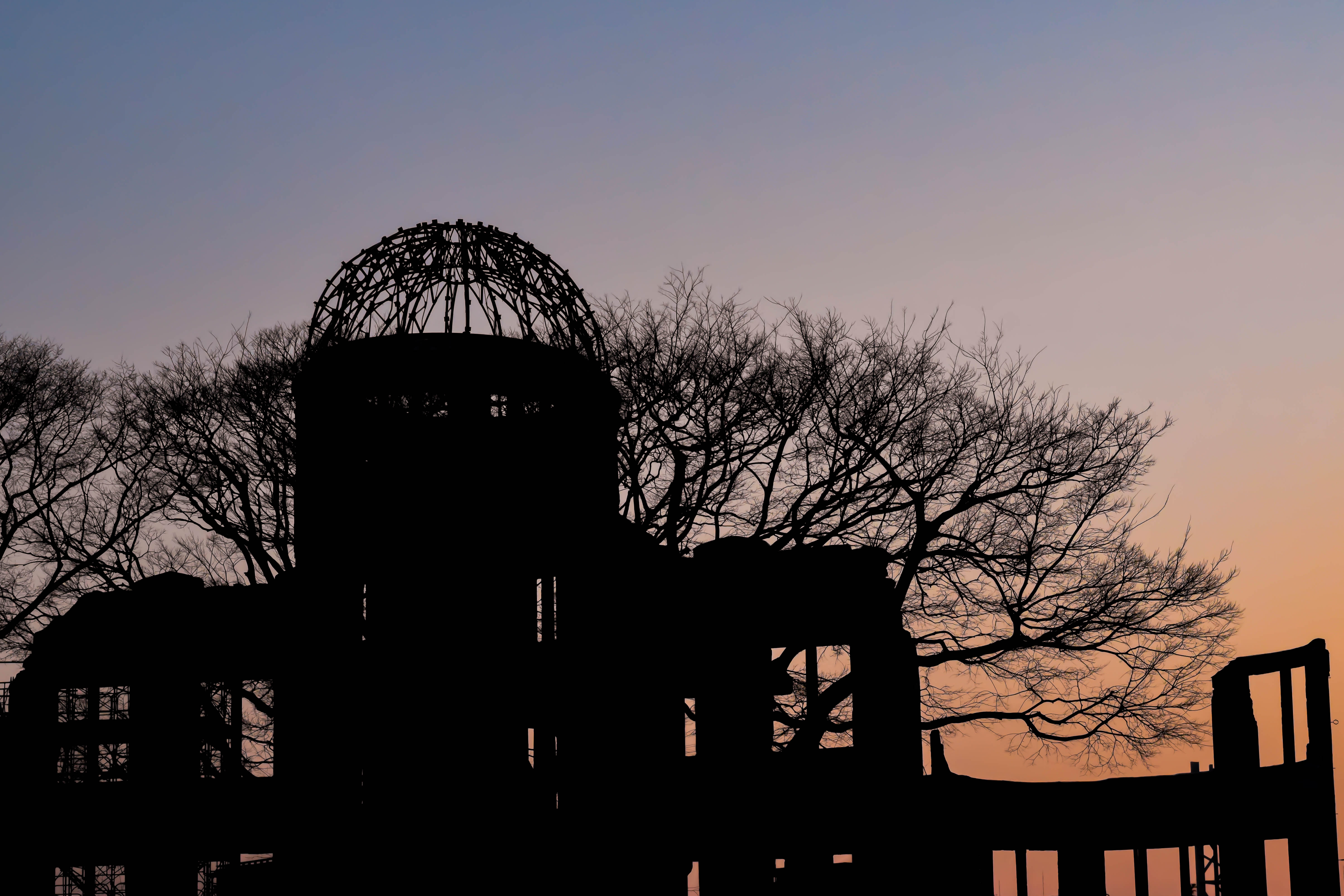Kyoto, the Leftovers
Posted on
After a few weeks of Kyoto photos, including a whole post just on the station, I realized I still had so much more to share. As this truly special city will do when visited in person, it kept me lingering on it just a little bit longer.
From the station there is the roof of a massive temple poking up from behind Kyoto Tower. That temple is Higashi Hongan-ji. It is less than a five minute walk from the station and as stunningly breathtaking as it is in size it is the high attention to detail of its roof, doors and surrounding grounds that will draw you in a little closer.



As I mentioned in my last post, visiting this temple was really just a quick stop on the way to somewhere else. Kyoto is really special for this reason because sometimes it seems the temples themselves will decide which ones you should stop and marvel at.
Speaking of marveling at temples, here are a few shots of Ginkaku-ji that I couldn’t quite fit in last week’s post, only because I just had too many I wanted to share.



It’s the attention to detail that invites you to stop and take it all in.
One of my favorite parts of Ginkaku-ji, and particularly at that time of the morning, was the moss garden. The moss glowed vibrantly. Shadows ran between the trees and bamboo to give a beautiful fairy-tale like feel.


Kyoto is far from an overrated travel destination. It is essential for any traveler visiting Japan. Even I have barely scratched the surface so far. I know it will be a place that I will return to again and again. It’s the perfect place to visit with a camera and no plan. You will find beauty, history and magic everywhere you go.
Next week, we leave the west and travel north.

